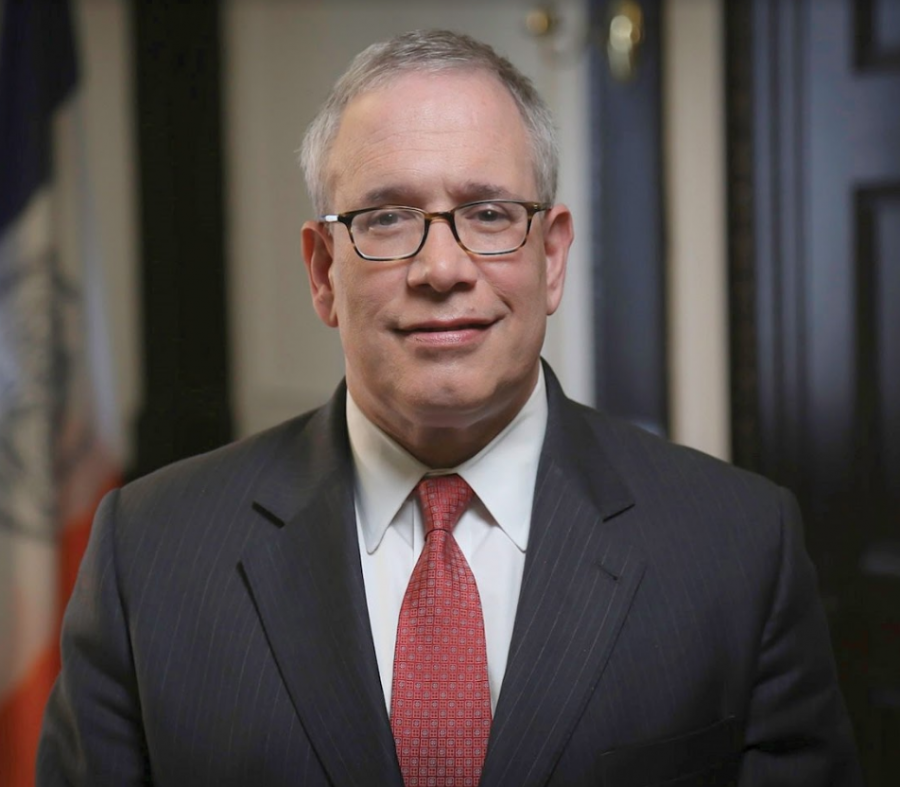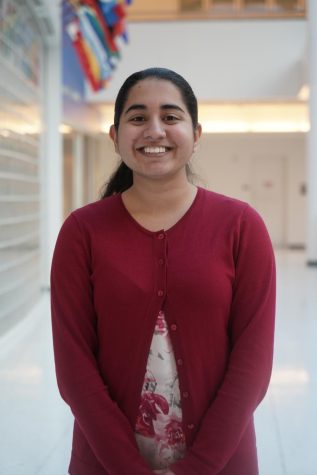NYC Comptroller reveals new workforce development plan centered on CUNY students
October 29, 2020
New York City Comptroller Scott Stringer announced a proposal to revamp New York’s workforce development plan. Stringer seeks to expand job training programs and educational access while making CUNY community colleges tuition-free.
Borough of Manhattan, Kingsborough and Hostos are just three of the seven community colleges CUNY offers. Under the new plan, these colleges would be free to all students.
This would incentivize students not in school, not working or both, to continue their education. By removing financial barriers, Stringer’s plan would give minority groups like people of color, immigrants and women the opportunity to get training and education to land high-paying jobs upon graduating.
All CUNY community college students will also be enrolled in CUNY’s Accelerated Study in Associate Programs. This program provides “personalized advisement, career counseling, tutoring, tuition and gap scholarship, MTA MetroCards, and additional financial assistance to cover the cost of textbooks,” according to CUNY ASAP’s official website.
Hence, Stringer’s plan will expand ASAP’s reach to encompass all community college students, giving the financial and academic support needed to focus and excel in classes.
“The pandemic exposed inequities in our economy and worsened the longstanding gaps in our social safety net,” Stringer said. “While some sectors of our workforce have the tools, resources and career flexibility to work remotely, many New York City jobs and careers have been derailed and debilitated by the economic shutdown.”
The new workforce development fixes the now broken bridge between students and employment by providing paid internships for all final year CUNY students. Job opportunities would be available in industries like healthcare, engineering, finance and early education.
Almost 40% of CUNY students lost their jobs since the pandemic began, while more than half faced housing insecurity, a university official said at a June City Council hearing.
Essentially, through the new plan, jobs remaining and strong after the pandemic will be ready for students to take. This caveat guarantees students work after college, which is especially useful when the unemployment rate is at an all-time high.
Along with providing paid work post-graduation, students will also receive technical training. It will be easier to adapt to the now mostly online day to day of business through this.
In fact, Stringer wants CUNY to partner with the Department of Small Business Services to create “NYC Tech Corp.” This program would connect CUNY graduates with technology or design backgrounds to businesses looking to shift online.
The proposed subsidized work program is already gaining support.
“I think more than ever New York needs to develop its own talent and to give its own residents a chance to access the good jobs that are being created. And I don’t think there’s any other institution that plays a more important role in grooming local residents [than CUNY], particularly those from low-income backgrounds, into the good jobs of today, and into the middle class,” Jonathan Bowles, executive director of the Think Tank Center for an Urban Future, said.
Cathy Davidson, the founding director of the CUNY Futures Initiative, agrees with Stringer’s plan, asserting that the pandemic disproportionately impacted CUNY students.
“CUNY students were and are the city’s essential workers,” she said.
As the plan goes through stages of discussion, Stringer’s initial outlook is to eliminate community college tuition costs while boosting job training and opportunities. His goals fit CUNY Chancellor Félix Matos Rodríguez’s idea of CUNY’s position in New York.
“CUNY is the educational, social mobility driver for the City of New York. We take that role very seriously,” Rodríguez said in an interview.








